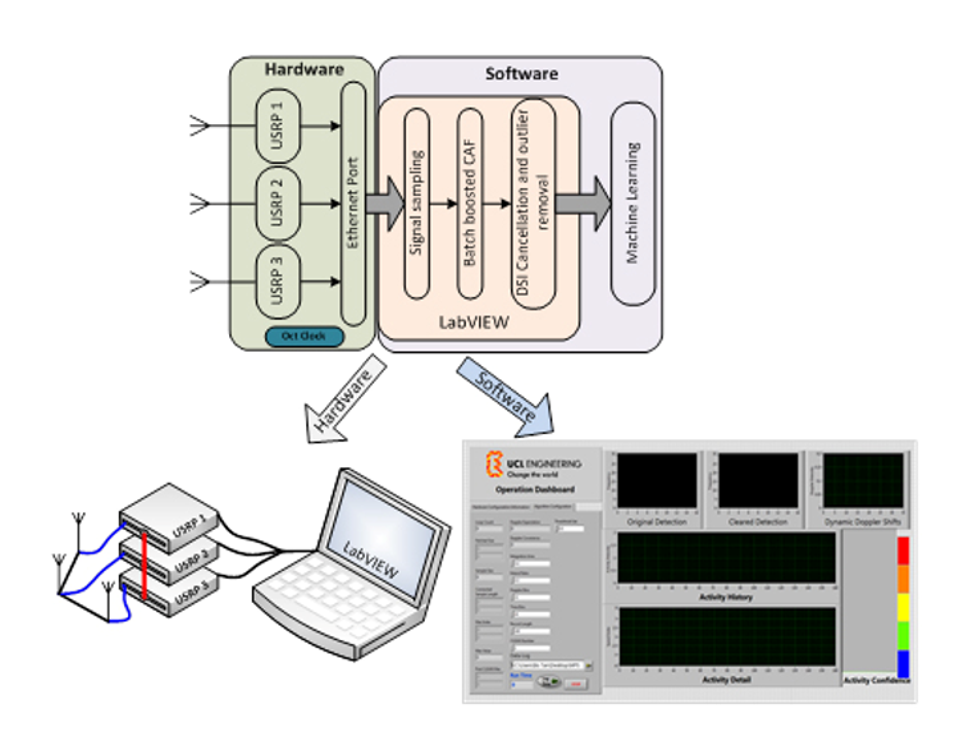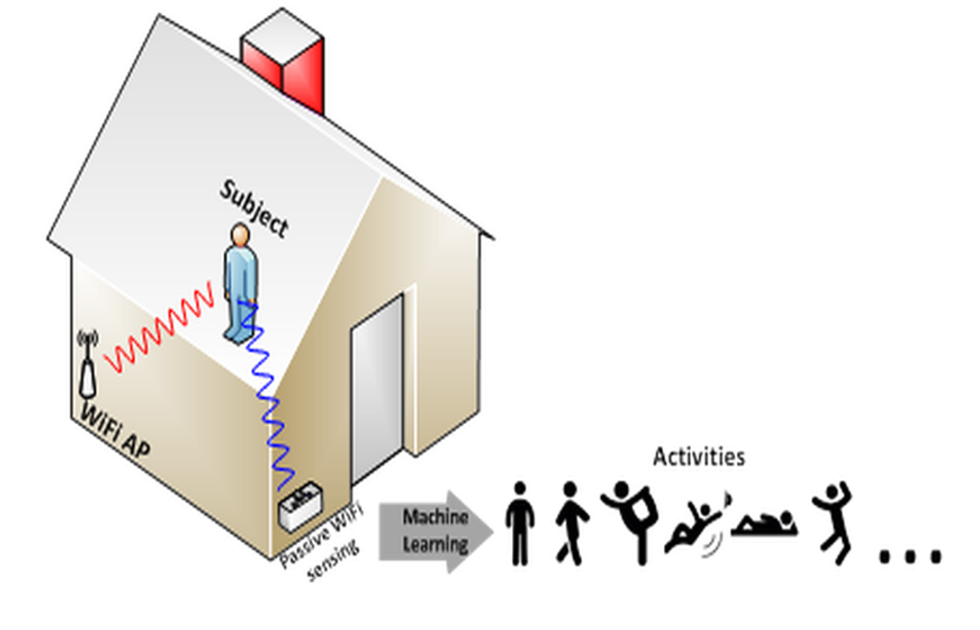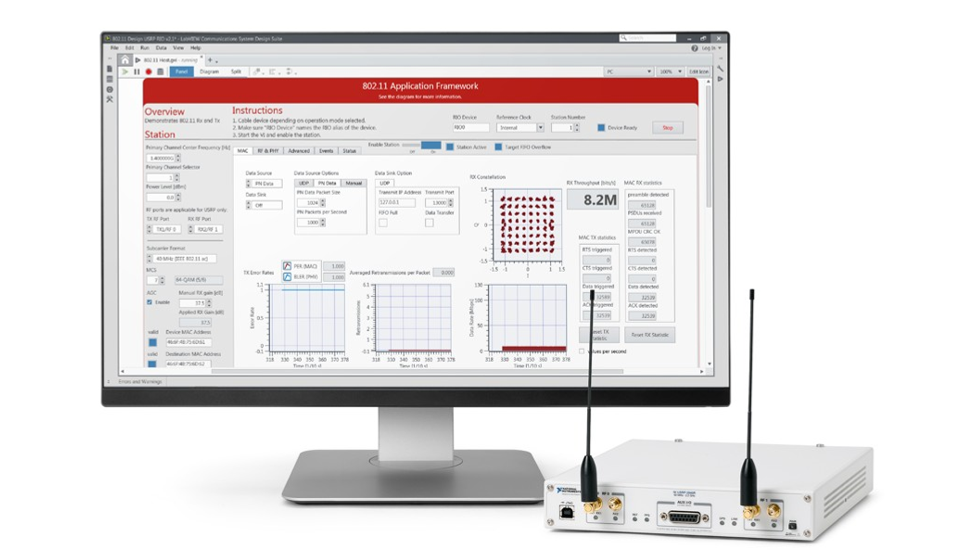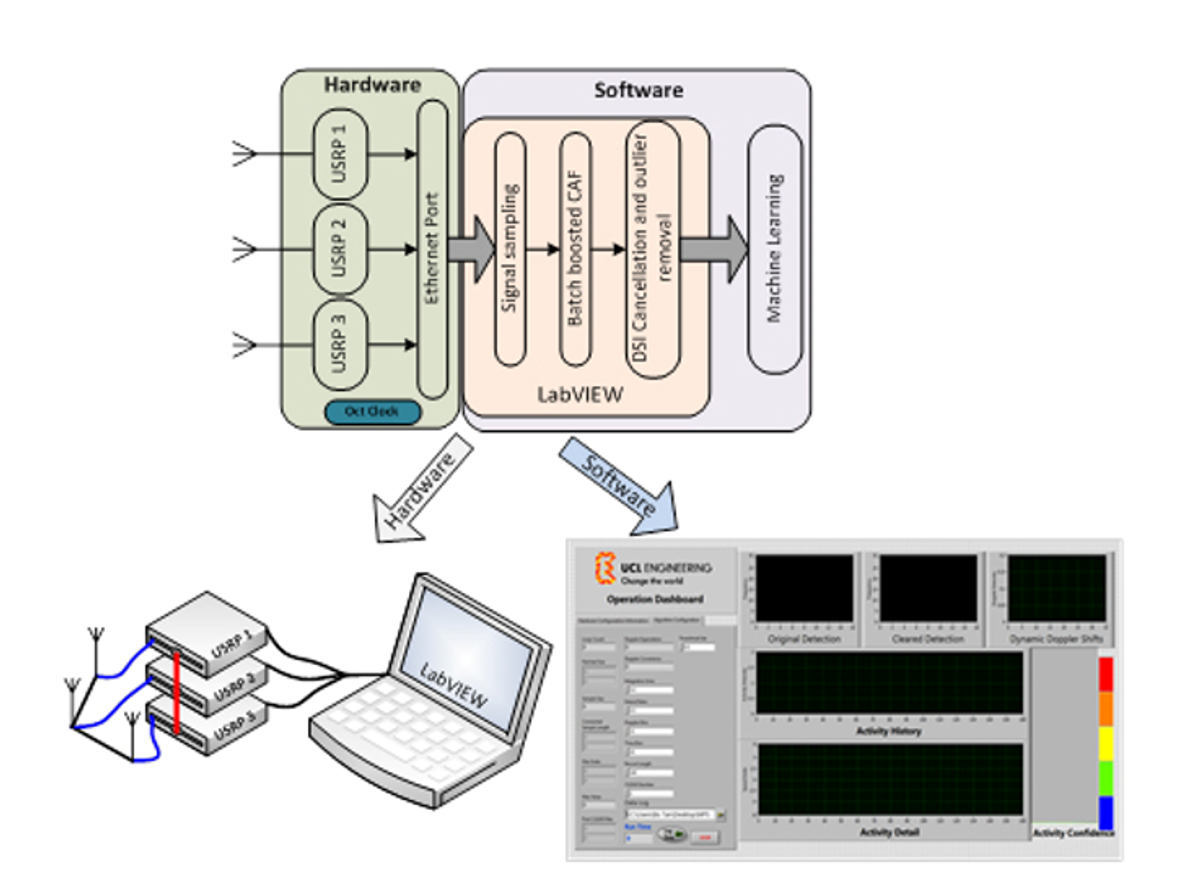What happens when artificial intelligence (AI) technology arrives on wireless channels? For a start, AI promises to address the design complexity of radio frequency (RF) systems by employing powerful machine learning algorithms and significantly improving RF parameters such as channel bandwidth, antenna sensitivity and spectrum monitoring.
So far, engineering efforts have been made for smartening individual components in wireless networks via technologies like cognitive radio. However, these piecemeal optimizations targeted at applications such as spectrum monitoring have been labor intensive, and they entail efforts to hand-engineer feature extraction and selection that often take months to design and deploy.
On the other hand, AI manifestations like machine learning and deep learning can invoke data analysis to train radio signal types in a few hours. For instance, a trained deep neural network takes a few milliseconds to perform signal detection and classification as compared to traditional methodologies based on the iterative and algorithmic signal search and signal detection and classification.

It is important to note that such gains also significantly reduce power consumption and computational requirements. Moreover, a learned communication system allows wireless designers to prioritize key design parameters such as throughput, latency, range and power consumption.
More importantly, deep learning-based training models facilitate a better awareness of the operational environment and promise to offer end-to-end learning for creating an optimal radio system. Case in point: a training model that can jointly learn an encoder and decoder for a radio transmitter and receiver while encompassing RF components, antennas and data converters.
Additionally, what technologies like deep learning promise in the wireless realm is the commoditization of the physical layer (PHY) and signal processing design. Combining deep learning-based sensing with active radio waveforms creates a new class of use cases that can intelligently operate in a variety of radio environments.
The following section will present a couple of design case studies that demonstrate the potential of AI technologies in wireless communications.
Two design case studies
First, the OmniSIG software development kit (SDK) from DeepSig Inc. is based on deep learning technology and employs real-time signal processing to allow users to train signal detection and classification sensors.
DeepSig claims that its OmniSIG sensor can detect Wi-Fi, Bluetooth, cellular and other radio signals up to 1,000 times faster than existing wireless technologies. Furthermore, it enables users to understand the spectrum environment and thus facilitate contextual analysis and decision making.
ENSCO, a U.S. government and defense supplier, is training the OmniSIG sensor to detect and classify wireless and radar signals. Here, ENSCO is aiming to deploy AI-based capabilities to overcome the performance limitations of conventionally designed RF systems for signal intelligence.
What DeepSig’s OmniPHY software does is allow users to learn the communication system, and subsequently optimize channel conditions, hostile spectrum environments and hardware performance limitations. The applications include anti-jam capabilities, non-line-of-sight communications, multi-user systems in contested spectrums and mitigation of the effects of hardware distortion.

Another design case study showing how AI technologies like deep learning can impact future hardware architectures and designs is the passive Wi-Fi sensing system for monitoring health, activity and well-being in nursing homes (Figure 2). The continuous surveillance system developed at Coventry University employs gesture recognition libraries and machine learning systems for signal classification and creates a detailed analysis of the Wi-Fi signals that reflect off a patient, revealing patterns of body movements and vital signs.
Residential healthcare systems usually employ wearable devices, camera-based vision systems and ambient sensors, but they entail drawbacks such as physical discomfort, privacy concerns and limited detection accuracy. On the other hand, a passive Wi-Fi sensing system, based on activity recognition and through-wall respiration sensing, is contactless, accurate and minimally invasive.
The passive Wi-Fi sensing for nursing homes has its roots in a research project on passive Wi-Fi radar carried out at University College London. The passive Wi-Fi radar prototype —based on software-defined radio (SDR) solutions from National Instruments (NI)— is completely undetectable and can be used in military and counterterrorism applications.
USRP transceiver plus LabVIEW
A passive Wi-Fi sensing system is a receive-only system that measures the dynamic Wi-Fi signal changes caused by moving indoor objectives across multiple path propagation. Here, AI technologies like machine learning allow engineers to use frequency to measure the phase changing rate during the measurement duration as well as Doppler shift to identify movements.
Machine learning algorithms can establish the link between physical activities and the Doppler-time spectral map associated with gestures such as picking things up or sitting down. The phase of the data batches is accurate enough to discern the small body movements caused by respiration.
Coventry University built a prototype of a passive Wi-Fi sensing system using Universal Software Radio Peripheral (USRP) and LabVIEW software to capture, process and interpret the raw RF signal samples. LabVIEW, an intuitive graphical programming tool for both processors and FPGAs, enables engineers to manage complex system configurations and adjust signal processing parameters to meet the exact requirements.

On the other hand, USRP is an SDR-based tunable transceiver that works in tandem with LabVIEW for prototyping wireless communication systems. It has already been used in prototyping wireless applications such as FM radio, direction finding, RF record and playback, passive radar and GPS simulation.
Engineers at Coventry University have used USRP to capture the raw RF samples and deliver them to the LabVIEW application for speedy signal processing. They have also dynamically changed the data arrays and batch size of analysis routines to adapt the system to slow and fast movements.
Engineers were able to interpret some captured signals and directly link the periodic change of batch phase with gestures and respiration rate. Next, they examined if the phase of the data batches was accurate enough to discern the small body movements caused by respiration.
AI: The next wireless frontier
The above design examples show the potential of AI technologies like machine learning and deep learning to revolutionize the RF design, addressing a broad array of RF design areas and creating new wireless use cases.
These are still the early days of implementing AI in wireless networks. But the availability of commercial products such as USRP suggests that the AI revolution has reached the wireless doorstep.
For more information on the role of AI technologies in wireless communications, go to Ettus Research, which provides SDR platforms like USRP and is a National Instruments’ brand since 2010.



